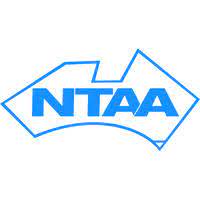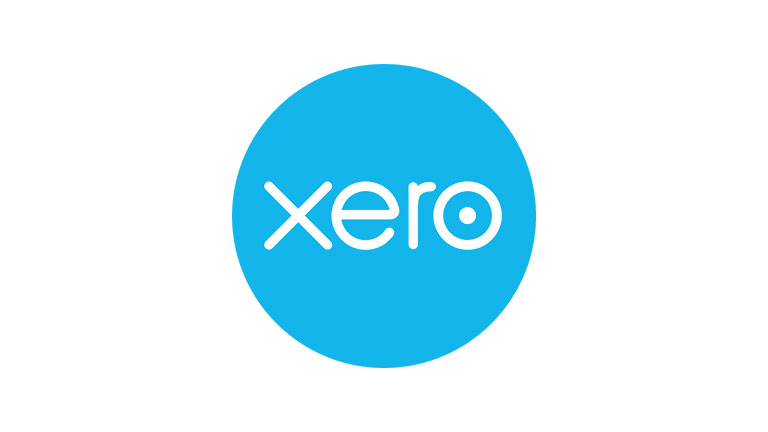Make the most of your super caps
Even with the proposed law change to raise the retirement age, more than half of Australians think they won’t have enough super by the time they retire. Adding extra to your super nest egg will not only benefit your future, but may offer you some attractive tax benefits now.
It’s important to understand the different ways you can contribute to super, so you can make the most of the potential tax advantages — and avoid exceeding the contribution caps.
There are two types of super contributions you can make:
- Concessional contributions.
- Non-concessional contributions.
Top up your concessional contributions
Concessional contributions are made from before-tax money. They include your compulsory super guarantee contributions (currently 9.5% of your salary), as well as any other employer contributions (including salary sacrifice)
In the 2014/15 financial year, you can make up to $30,000 of concessional contributions, or if you turn 50 or older in the financial year, you can make up to $35,000 as concessional contributions.
Most people’s super guarantee contributions won’t be this much. So to make the most of the potential tax benefits, you can set up a salary sacrifice arrangement with your employer. The money you contribute will be taxed at 15%, instead of your marginal tax rate — between 2% and 49% (including the Medicare levy), depending on your income.
Remember, if you’re self-employed, you’ll need to make your own super contributions. You can make up to $30,000 (or $35,000 in contributions if you are turning 50 or over). The good news is, you may be able to claim to claim a tax deduction for your contribution in your individual tax return. Please speak to us for specific tax advice on whether you are eligible to claim a deduction.
Contribute from your after-tax money
The other way you can contribute to your super is through non-concessional, or after-tax contributions. These can be made up of money you contribute from your take-home pay or savings, an inheritance or tax return, or the proceeds of an asset such as shares or property.
In most case, all the earnings that your super makes on these contributions will be taxed at just 15%, unlike investments outside super, which are usually taxed at your marginal rate.
You can make up to $180,000 in non-concessional contributions in the 2014/15 financial year. While that’s generous, what if you sell a large asset, such as your home, and you want to put the proceeds into your super? Well, you can — using the bring-forward rule. This rule allows you to pay three years’ worth of non-concessional contributions (a total of $540,000) to into your super in the one year, as long as you’re under 65 at the time.
Source: MLC Quarterly Australian Wealth Sentiment Survey Q2014.
What if I go over the limit?
Exceeding your contribution cap could earn you a harsh penalty. However, since 1 July 2013, you can either take the amount in excess out of your super and pay your marginal rate of tax on it, or keep it in your super, but pay tax up to 47% including Medicare levy, subject to additional penalties.
Ask the experts at AustinsPeters Financial Group
To find out more about investing for your retirement, please contact us on 02 9977 8076 and we can discuss your situation in greater detail.






.png)
